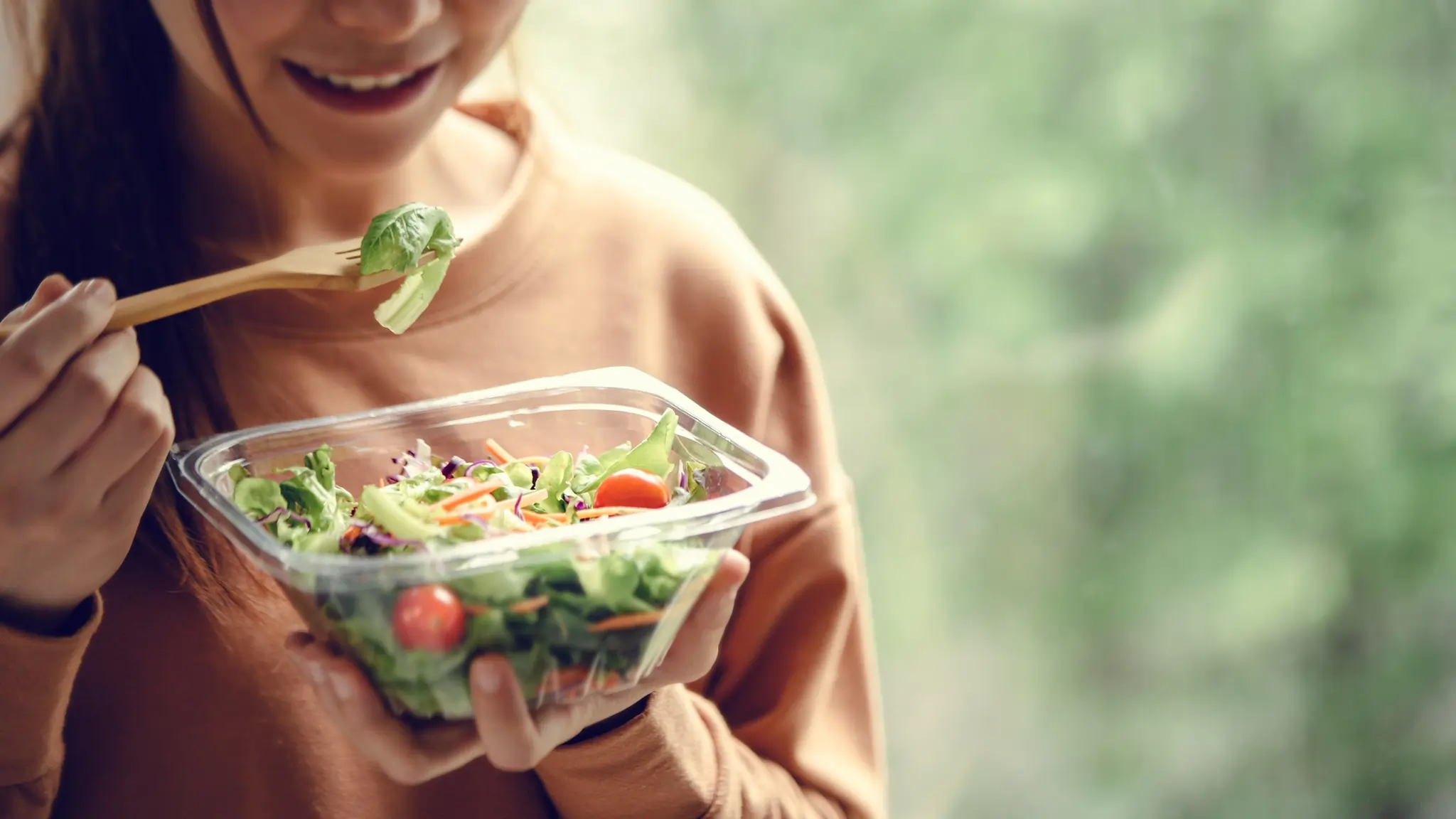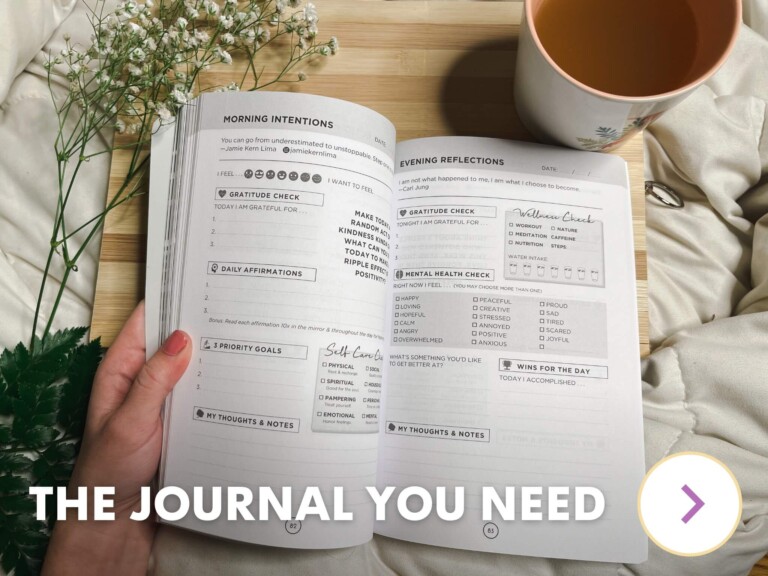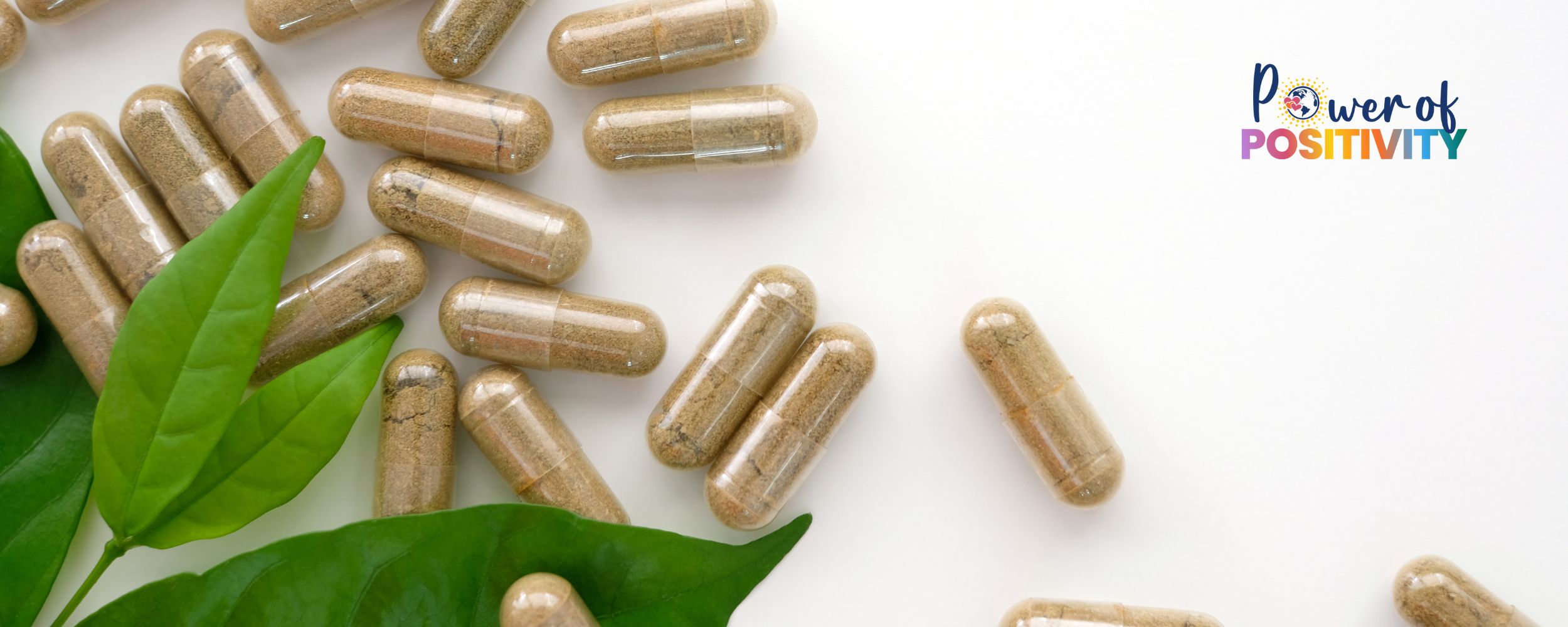Are you looking for a natural way to support your health and feel your best?
GLP-1, a powerful hormone that controls blood sugar, appetite, and even weight, plays a giant role in your well-being. While medications like Ozempic have gained attention for boosting GLP-1, nature has its own remarkable solutions. 🌿
The best part? These methods don’t require prescriptions, just simple tweaks to your diet, lifestyle, and daily habits. By embracing these natural strategies, you can improve your energy, balance your metabolism, and feel more in control of your body.
Ready to discover nature’s version of Ozempic? Let’s dive into the proven ways to naturally boost your GLP-1 levels—no needles required!
Can You Naturally Increase GLP-1 Levels with Food?
Absolutely! Nature has packed plenty of foods with the power to support your body’s GLP-1 levels.
By adding these smart choices to your plate, you can improve blood sugar regulation, curb cravings, and even support fat loss.
1. 🥦 Eat Fiber-Rich Foods (Especially Prebiotic Fiber)
Fiber not only aids in digestion but also significantly influences your hormones! Soluble fiber feeds the beneficial bacteria in your gut, which helps increase GLP-1 production.
A thriving gut microbiome encourages this powerful hormone to regulate blood sugar and reduce appetite naturally. Plus, fiber slows digestion, keeping you full longer, a win for anyone aiming to manage cravings.
Best sources: Chia seeds, flaxseeds, psyllium husk, oats, legumes, sweet potatoes, and leafy greens.
2. 🍳 Consume More Protein
Protein isn’t just for muscle growth—it’s your secret weapon for boosting GLP-1 levels. Eating protein-rich foods stimulates GLP-1 secretion, helping you feel fuller for longer while stabilizing blood sugar.
This powerful hormone response reduces hunger cravings, making protein-packed meals a smart choice for those seeking weight management or better energy levels.
Best sources: Eggs, Greek yogurt, fish, tofu, lentils, and whey protein.
3. 🥑 Prioritize Healthy Fats
Don’t fear fats; the right kinds are fantastic for your GLP-1 levels. Healthy fats promote hormone release and slow gastric emptying, which keeps you feeling satisfied for hours. Adding these fats to your meals can help you maintain steady energy, curb cravings, and improve gut health, all essential for enhancing GLP-1 naturally.
Best sources: Extra virgin olive oil, avocados, nuts, seeds, and fatty fish like salmon and sardines.
4. ⏳ Try Intermittent Fasting
Your body responds to a break in your digestive system by boosting GLP-1 levels. Intermittent fasting enhances gut hormone signaling, improving blood sugar regulation and appetite control. Fasting windows of 12-16 hours are ideal, and you’ll likely find that after a short adjustment period, your body naturally adapts to this rhythm.
Pro tip: Try finishing your last meal 3-4 hours before bed and delaying breakfast slightly for optimal results.
5. 🥒 Eat More Fermented Foods
Fermented foods maintain a strong relationship between your gut and GLP-1. Fermented foods promote a healthy gut microbiome, which directly supports GLP-1 secretion. Plus, they help improve digestion, nutrient absorption, and immune function, giving your body the tools it needs to thrive.
Best sources: Sauerkraut, kimchi, kefir, Greek yogurt, and kombucha.
6. 🏋️ Exercise Regularly
Movement is one of the most powerful natural triggers for GLP-1 release. Both strength training and aerobic workouts stimulate your gut to produce this hormone. Exercise also improves insulin sensitivity, reduces inflammation, and enhances overall metabolic health—all essential for supporting GLP-1 naturally.
Best approach: Aim for a mix of resistance training, walking, and moderate-intensity cardio for the best results.
7. 😴 Prioritize Sleep & Stress Management
Your body can’t thrive without quality rest—and that includes your GLP-1 levels. Poor sleep and chronic stress can suppress this important hormone, making it harder to control appetite and maintain balanced blood sugar.
Tips: Aim for 7-9 hours of restful sleep, limit blue light exposure before bed, and unwind with calming activities like meditation, deep breathing, or gentle stretching.
8. 🍵 Add Polyphenol-Rich Foods
Polyphenols are powerful antioxidants that work wonders for your gut—and your GLP-1 levels. These compounds help reduce inflammation, improve insulin response, and stimulate GLP-1 secretion. The best part? Polyphenol-rich foods are also delicious and easy to incorporate into your routine.
Best sources: Green tea, berries, dark chocolate, turmeric, and coffee.
9. 🥜 Optimize Magnesium & Zinc Intake
Magnesium and zinc may not be glamorous, but they’re vital for your body’s GLP-1 response. Both minerals support gut health, improve insulin sensitivity, and enhance metabolic function, all of which encourage healthy GLP-1 production. Ensuring you meet your daily magnesium and zinc needs can give your body the boost it craves.
Best sources: Pumpkin seeds, spinach, almonds (magnesium), oysters, beef, and chickpeas (zinc).
10. 💧 Stay Hydrated
Don’t underestimate the power of hydration! Proper water intake helps your gut function efficiently, improving digestion and nutrient absorption, both key factors in GLP-1 secretion. Dehydration can weaken your body’s hormone response, so staying consistently hydrated is essential.
Tip: Sip on filtered water throughout the day and consider adding electrolytes if you need an extra hydration boost.
➡️ How to Rehydrate Fast: Best Ways to Recover Quickly
💡 Small steps lead to big wins! By adding these foods and habits to your routine, you can naturally support GLP-1 levels — and feel stronger, healthier, and more energized in the process. 🌟
Can Activities or Lifestyle Habits Act as a Natural Ozempic?
Yes! Certain lifestyle habits can naturally boost GLP-1 levels, helping to regulate blood sugar, control appetite, and improve metabolic health. While medications like Ozempic have gained attention, your body already has powerful tools to achieve similar effects.
By adopting a few key habits, you can stimulate GLP-1 naturally — and feel energized, more balanced, and in control of your health.
13 Proven Ways to Elevate Your GLP-1
1️⃣ Strength Training & Resistance Workouts – Build muscle and improve insulin sensitivity with squats, deadlifts, push-ups, or resistance band workouts.
2️⃣ Walk After Meals – A 10-30 minute walk post-meal boosts GLP-1 and reduces blood sugar spikes.
3️⃣ Morning Sunlight Exposure – Get 10-20 minutes of sunlight to regulate hunger hormones and reduce stress.
4️⃣ Cold Therapy – Try cold showers (30-60 seconds) or ice baths to activate brown fat and boost GLP-1.
5️⃣ Sauna Sessions – Spend 15-20 minutes in a sauna 3-4 times weekly to improve insulin sensitivity.
6️⃣ Breathwork & Meditation – Reduce stress and stimulate GLP-1 with box breathing, meditation, or deep breathing.
7️⃣ Prioritize Quality Sleep – Aim for 7-9 hours of restful sleep to support appetite control and hormone balance.
8️⃣ Time-Restricted Eating – Follow a 12-16 hour fasting window to improve gut health and trigger GLP-1.
9️⃣ Eat Mindfully – Chew slowly and eat without distractions to enhance digestion and support GLP-1.
🔟 Grounding (Earthing) — Walk barefoot on grass or soil for 10-15 minutes daily to reduce inflammation and support hormonal balance.
1️⃣1️⃣ Socializing & Laughter – Positive social interactions reduce stress hormones and promote healthier gut function.
1️⃣2️⃣ Meal Timing – Eating earlier in the day and finishing dinner 3 hours before bed optimizes GLP-1 levels.
1️⃣3️⃣ Stress Management – Activities like yoga, deep breathing, or journaling reduce cortisol and improve GLP-1 secretion.
💡 Simple habits. Big results. By making these small lifestyle changes, you can naturally enhance GLP-1 — and improve your energy, appetite control, and overall well-being.
Frequently Asked Questions
1. What are thylakoids, and how do they influence GLP-1 levels?
Thylakoids are tiny structures found in green plants like spinach, kale, and lettuce. Consuming foods rich in thylakoids can stimulate the release of GLP-1, helping you feel fuller and reducing cravings.
2. Do natural GLP-1 supplements work as effectively as prescription medications like Ozempic?
Natural GLP-1 supplements, often containing ingredients like berberine or green tea extract, may modestly boost GLP-1 levels. However, they lack the robust evidence supporting the efficacy of prescription GLP-1 receptor agonists like Ozempic. It’s essential to consult a healthcare provider before starting any supplement regimen.
3. How does fiber intake affect GLP-1 secretion?
Dietary fiber, especially soluble fiber found in foods like barley, can improve insulin sensitivity and increase GLP-1 secretion. This enhancement in GLP-1 levels aids in better blood sugar regulation and promotes satiety between meals.
4. Are there specific foods that mimic the effects of GLP-1 medications?
Certain foods, such as avocados, berries, and chia seeds, have been identified to mimic the effects of GLP-1 medications. These foods help maintain fullness and balance blood sugar levels, offering natural alternatives to support weight management.
The Natural Glow-Up: Your GLP-1 Game Plan
Nature’s Ozempic isn’t found in a pharmacy, it’s in your habits, your meals, and your mindset.
By embracing fiber, protein, movement, and mindful living, you can boost GLP-1 naturally and feel wonderful doing it.
Skip the shortcuts—your body thrives on consistency. Small steps lead to big wins.
So, eat well, move often, and laugh loudly.
Because when you nurture your body, it rewards you in ways no prescription ever could.
Start today; your future self will thank you.
Healthy choices now? That’s the ultimate power move!



















